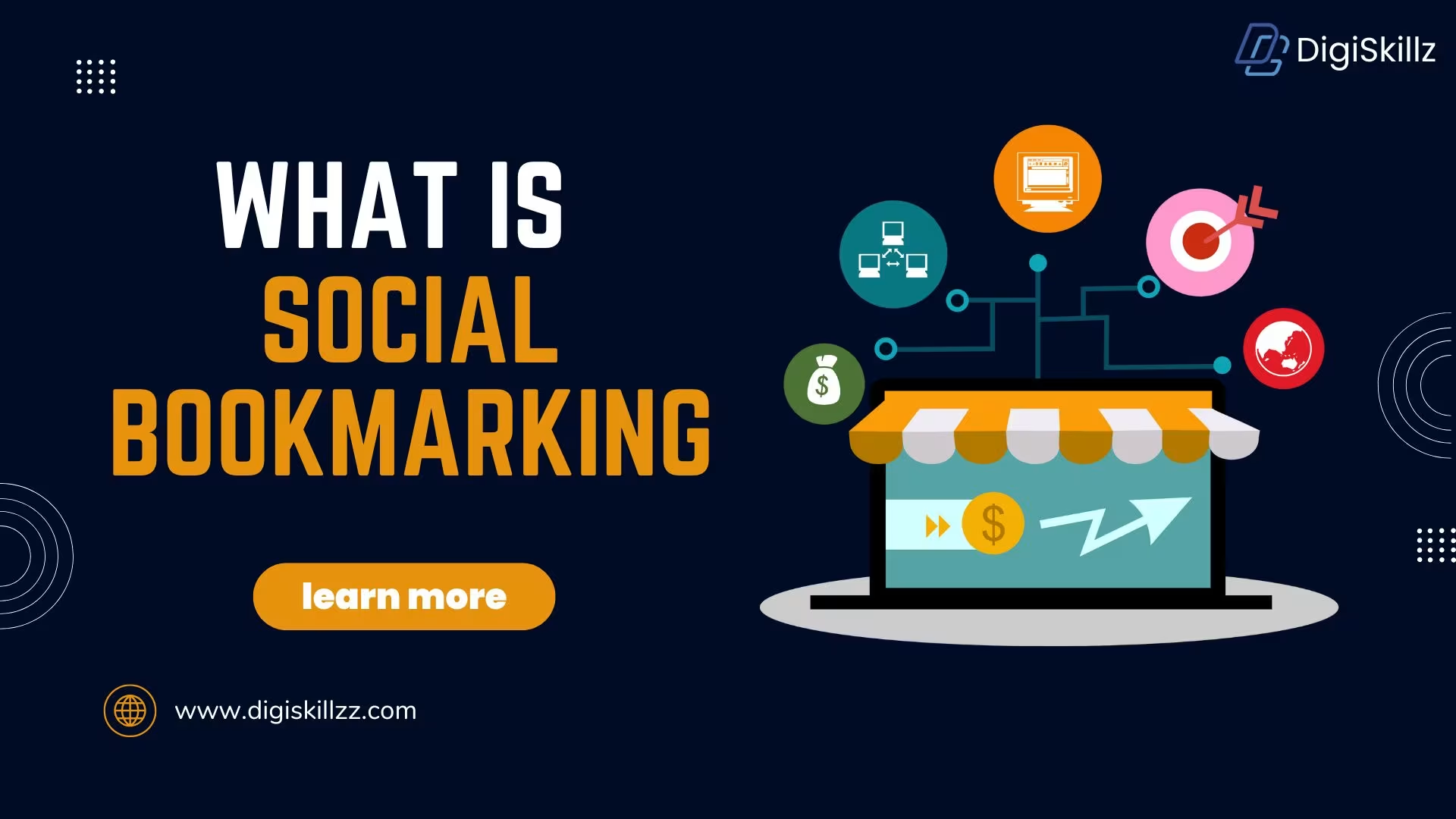The content marketing strategy is the process of defining and writing for the creation of online content. The content marketing strategy is the complete plan to be implemented by businesses through written word, audio, illustrations, and videos. Content marketing strategy will help you keep in touch with your customers on a daily basis. After developing this plan we can identify our target audience, and then create various types of content that will help us reach them.

Defining Your Target Audience
Your target audience is the group of people who will be most likely to buy your product or service. It’s important to understand who they are and what they want, because it can help you develop a strategy that resonates with them.
- Understanding Your Target Audience’s Needs and Wants
Before starting your research, it’s important to know what your target audience wants and needs. You might ask them directly or you could use surveys or focus groups to find out their preferences. You can also observe how they interact with other businesses in your area and see if there are any trends that suggest they may be interested in your product or service as well.
- Creating Buyer Personas
Once you’ve identified who your target audience is, it’s time to create buyer personas–which are fictional characters based on real people who represent different types of customers for a particular product/service category. Each persona should have distinct characteristics such as gender, age range, income level, lifestyle preferences (e.g., outdoor activities), communication style (e.g., email vs text message), etc.
Set Objectives and Goals
The first step in creating a content marketing strategy is setting objectives and goals. This will help you determine what you want to achieve, as well as how much time and effort you should put into each aspect of your campaign.
- Define Your Content Marketing Objectives
Once you’ve set your objectives and goals, it’s time to define exactly what they mean in terms of content strategy–what kind of content will be produced, when it will be published, and where it will be distributed? Once these questions have been answered, you can move on to setting measurable objectives for each piece of content that makes up your overall campaign!
- Setting Measurable and Achievable Goals
Setting measurable and achievable goals is the process of defining specific, realistic, and time-bound objectives that are aligned with one’s desired outcomes. It involves identifying what one wants to accomplish, breaking down larger goals into smaller and manageable steps, and establishing clear criteria for success. The purpose of setting measurable and achievable goals is to provide focus, direction, and motivation to an individual or organization, and to help track progress towards achieving desired outcomes.
Conducting a Content Audit
A content audit is a systematic review and evaluation of a website’s existing content. The purpose of a content audit is to assess the effectiveness and relevance of existing content, identify gaps and areas for improvement, and make informed decisions about future content strategies. The process typically involves cataloging all existing content, analyzing it based on various criteria, and organizing it for improved user experience and search engine optimization. A content audit can provide valuable insights into a website’s content performance and help organizations make data-driven decisions about their content marketing efforts.
- Reviewing Your Current Content
Reviewing your current content involves evaluating and assessing the effectiveness and relevance of your existing content assets. This can include website pages, blog posts, videos, social media posts, etc. The review process usually involves evaluating each piece of content based on metrics such as traffic, engagement, conversion rate, and audience feedback. The goal is to identify strengths, weaknesses, and opportunities for improvement, and to make informed decisions about future content creation and promotion efforts. Reviewing your current content can help you understand what is working well and what needs to be improved, ensuring that your content is aligned with your overall business goals and resonates with your target audience.
- Identifying Opportunities for Improvement
Identifying opportunities for improvement involves looking for ways to optimize and enhance processes, products, or services. It requires a thorough analysis of current practices, a clear understanding of business objectives, and a focus on continuous improvement. Opportunities for improvement can be found in many areas, including product design, customer service, processes, marketing, and employee training. The process involves looking at existing systems, gathering data, and using critical thinking to identify areas where improvements can be made. By identifying opportunities for improvement, organizations can boost efficiency, increase customer satisfaction, and drive growth and success.
- Determining What Types of Content Perform Best
Determining what types of content perform best involves analyzing and evaluating the performance of different types of content assets to identify what resonates with the target audience and drives the desired outcomes. This can include website pages, blog posts, videos, social media posts, etc. The analysis typically involves looking at metrics such as engagement, conversion rate, audience feedback, and search engine ranking to determine which content types generate the best results. This information can be used to inform future content creation and promotion strategies, ensuring that resources are being invested in the most effective content types. By determining what types of content perform best, organizations can optimize their content marketing efforts and achieve better results.
Developing Your Content Marketing strategy Plan

Developing your content marketing plan refers to the process of creating a comprehensive strategy for creating, publishing, and promoting content in order to achieve specific business objectives. A content marketing plan typically includes information such as target audience, content formats and types, distribution channels, key performance metrics, and a content calendar. The goal of developing a content marketing plan is to ensure that content is created and distributed in a consistent, effective, and efficient manner and that it aligns with the organization’s overall marketing and business objectives. By developing a content marketing plan, organizations can increase the effectiveness of their content marketing efforts, measure and track their success, and drive better outcomes.
- Choosing the Right Content Types
Choosing the right content types involves identifying the most effective and appropriate formats for delivering content to a target audience in order to achieve specific business objectives. The selection of content types will depend on a variety of factors, including the nature of the content, the target audience, and the desired outcomes. Some common content types include blog posts, videos, infographics, e-books, whitepapers, case studies, and webinars. By selecting the right content types, organizations can create content that resonates with their target audience, effectively conveys information, and drives the desired outcomes.
- Creating a Content Calendar
Creating a content calendar refers to the process of planning and organizing the production, distribution, and promotion of content over a set period of time. A content calendar is a tool used by marketers and content creators to plan and schedule their content activities in advance, with the goal of ensuring that content is published consistently and aligned with business objectives. The calendar typically includes information such as the type of content, publication date, target audience, and distribution channels. By creating a content calendar, organizations can improve the efficiency and effectiveness of their content marketing efforts, ensure that content is aligned with business objectives, and make better use of resources.
- Allocating Resources and Assigning Responsibilities
Allocating resources and assigning responsibilities refers to the process of determining and distributing the necessary financial, human, and technological resources required to successfully carry out a particular initiative or project. This involves identifying the specific tasks that need to be completed, determining the resources required to complete them, and assigning specific responsibilities to individuals or teams. The goal of allocating resources and assigning responsibilities is to ensure that the initiative is adequately staffed and equipped and that everyone involved has a clear understanding of their role and responsibilities. By effectively allocating resources and assigning responsibilities, organizations can increase efficiency, reduce duplication of effort, and ensure that everyone involved is working towards the same goals.
Measuring and Analyzing Your Results
Measuring and analyzing your results refers to the process of collecting and evaluating data in order to determine the success or effectiveness of a particular initiative or project. This involves selecting relevant metrics, collecting data, and using statistical and computational methods to analyze the results. The goal of measuring and analyzing results is to gain insights into the performance of an initiative and make informed decisions about how to improve and optimize it in the future. By regularly measuring and analyzing results, organizations can stay informed about the impact of their initiatives and make data-driven decisions to drive better outcomes and achieve their goals.
- Establishing Metrics for Measuring Success
Establishing metrics for measuring success refers to the process of defining specific, quantifiable goals and benchmarks to track the effectiveness of a particular initiative or project. This involves selecting relevant and meaningful metrics that align with the objectives of the initiative and selecting the appropriate methods for tracking and reporting on these metrics. The goal of establishing metrics for measuring success is to ensure that progress is monitored and tracked in a consistent and meaningful way and to provide information that can be used to make informed decisions and drive continuous improvement. By establishing clear metrics for success, organizations can measure and monitor the impact of their initiatives and make data-driven decisions to drive better results.
- Analyzing Your Results
Analyzing results refers to the process of evaluating and interpreting data or information in order to draw meaningful conclusions or insights. It involves breaking down data into smaller parts, identifying patterns and relationships, and using statistical or computational methods to make sense of the findings. The goal of analyzing results is to gain a deeper understanding of a particular phenomenon or situation and make informed decisions based on the insights obtained.
- Adjusting Your Content Marketing Strategy as Needed
Adjusting your strategy as needed refers to the process of modifying or changing a plan of action in response to new information, feedback or changing circumstances. The goal of adjusting your strategy is to ensure that it remains relevant, effective, and aligned with the objectives and goals of an organization or project. This requires ongoing monitoring, evaluation, and adaptation of the strategy, as well as a willingness to pivot or make course corrections as needed. By continually adjusting the strategy, organizations can stay ahead of the curve and capitalize on new opportunities, while minimizing the impact of challenges or obstacles.
Staying Up-to-Date with the Latest Trends

Staying up-to-date with the latest trends refers to the ongoing process of keeping informed about new and emerging developments, technologies, and practices within a particular industry or field. This involves staying informed about the latest news, attending relevant events and conferences, and engaging with thought leaders and experts in the field. The goal of staying up-to-date with the latest trends is to ensure that organizations and individuals remain competitive and relevant by embracing new opportunities and responding to changing market conditions. By staying informed about the latest trends, organizations can stay ahead of the curve and make informed decisions that help drive growth and success.
- Keeping Abreast of Industry Developments
Keeping abreast of industry developments refers to the ongoing process of monitoring and staying informed about changes and advancements within a particular industry or market. This involves staying informed about new technologies, market trends, changes in regulations, and the actions of competitors. The goal of keeping abreast of industry developments is to ensure that organizations are equipped to make informed decisions, respond to changes in the market, and stay ahead of competitors. By staying informed about industry developments, organizations can identify new opportunities, mitigate risks, and make strategic decisions that help drive growth and success.
- Incorporating New Trends and Techniques into Your Strategy
Incorporating new trends and techniques into your strategy refers to the process of integrating new and emerging developments, technologies, and best practices into an organization’s plans and operations. This involves continuously monitoring the market, staying informed about new trends, and evaluating the potential impact on the organization’s strategy. The goal of incorporating new trends and techniques is to ensure that the strategy remains relevant, effective, and aligned with the organization’s goals and objectives. By incorporating new trends and techniques, organizations can stay ahead of the curve, respond to changing market conditions, and leverage new opportunities for growth and success.
- Continuously Evaluating and Improving Your Content Marketing Plan
Continuously evaluating and improving your content marketing plan refers to the ongoing process of reviewing and refining a content marketing strategy in order to maximize its effectiveness and achieve desired outcomes. This involves regularly analyzing the performance of content, seeking feedback from stakeholders, and adjusting the plan as needed to align with evolving goals and market conditions. The goal of continuously evaluating and improving your content marketing plan is to ensure that it remains relevant, effective, and aligned with the organization’s overall marketing strategy. By continuously refining the content marketing plan, organizations can drive better results, maximize ROI, and stay ahead of the curve in an ever-changing digital landscape.
Conclusion
In conclusion, creating a content marketing strategy is a crucial step in developing a successful content marketing program. By defining clear goals, target audience, content formats and types, distribution channels, and performance metrics, organizations can ensure that their content marketing efforts are aligned with their overall marketing and business objectives. By regularly monitoring and analyzing their results, organizations can make informed decisions and continuously improve their content marketing strategy over time. With a well-planned and executed content marketing strategy, organizations can drive better outcomes, build brand awareness, engage with their target audience, and achieve their business goals.











Leave A Comment